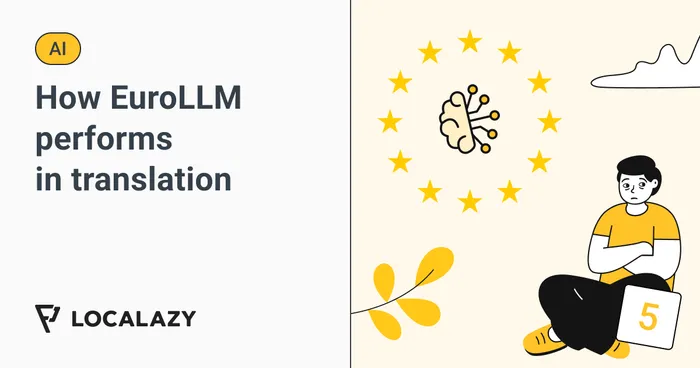Large Language Model (LLM)
A machine learning model that has absorbed and analyzed vast amounts of data and can produce text based on them.
A Large Language Model (LLM) is nothing but a type of Artificial Intelligence (AI) designed to understand and generate human language. These models are trained on vast amounts of text data and utilize machine learning techniques to perform a variety of language-related tasks by synthesizing information and answering to queries.
LLMs are essential in Natural Language Processing (NLP) projects as they help in automating tasks such as text generation, translation, summarization, and more. Each LLM typically represents a sophisticated algorithm capable of producing human-like text based on the patterns it has learned from the training data.
🤖 Key points about LLMs: #️⃣
- Some of the most well-known LLMs include OpenAI’s GPT-4, Google’s Gemini, and Facebook’s RoBERTa.
- LLMs are used in chatbots, virtual assistants, content creation, and language translation tools.
- The effectiveness of an LLM depends on the quality and diversity of the text data it has been trained on.
- The performance of LLMs is measured by their ability to generate coherent, contextually relevant, and grammatically correct text among others.
- The development and deployment of LLMs raise ethical concerns related to bias, misinformation, and the impact on employment.
Unlike basic language processing tools, LLMs are supposed to understand context, generate nuanced responses, and perform a variety of complex language tasks. Technologies like Human-Assisted Machine Translation (HAMT) often integrate LLMs to achieve higher quality and more natural results.
Learn more about LLMs and what they are able to do in the translation realm in our blog.


